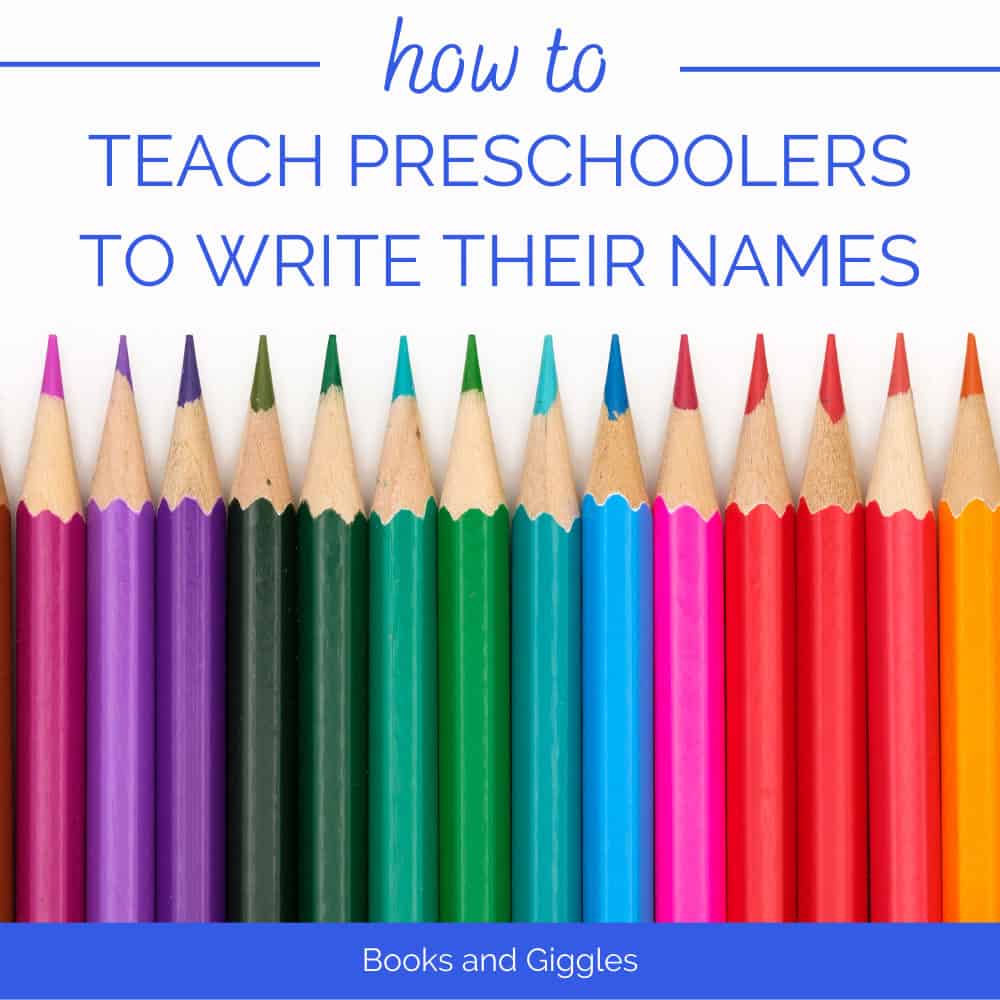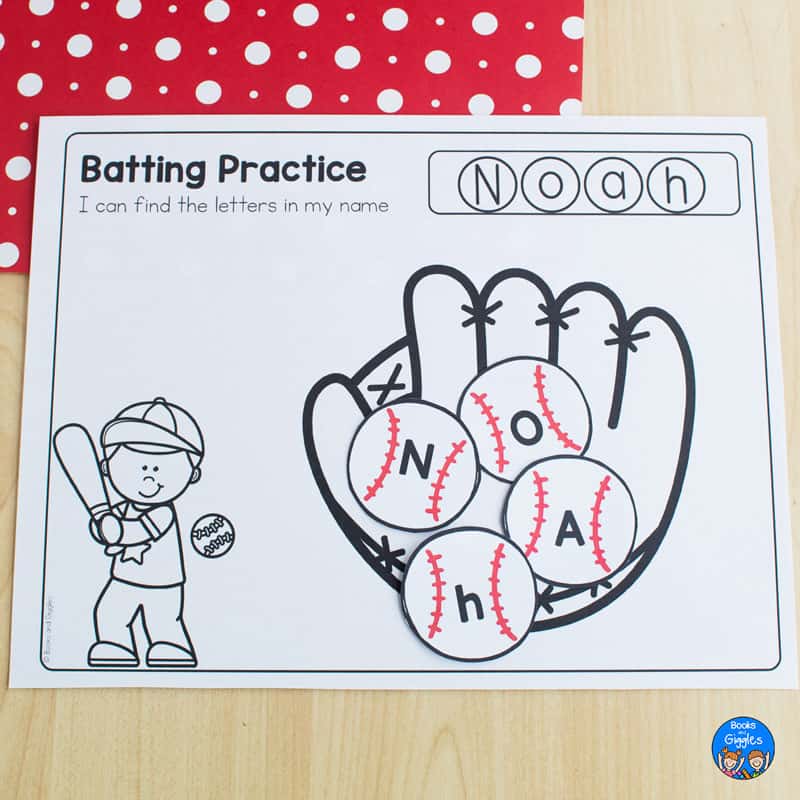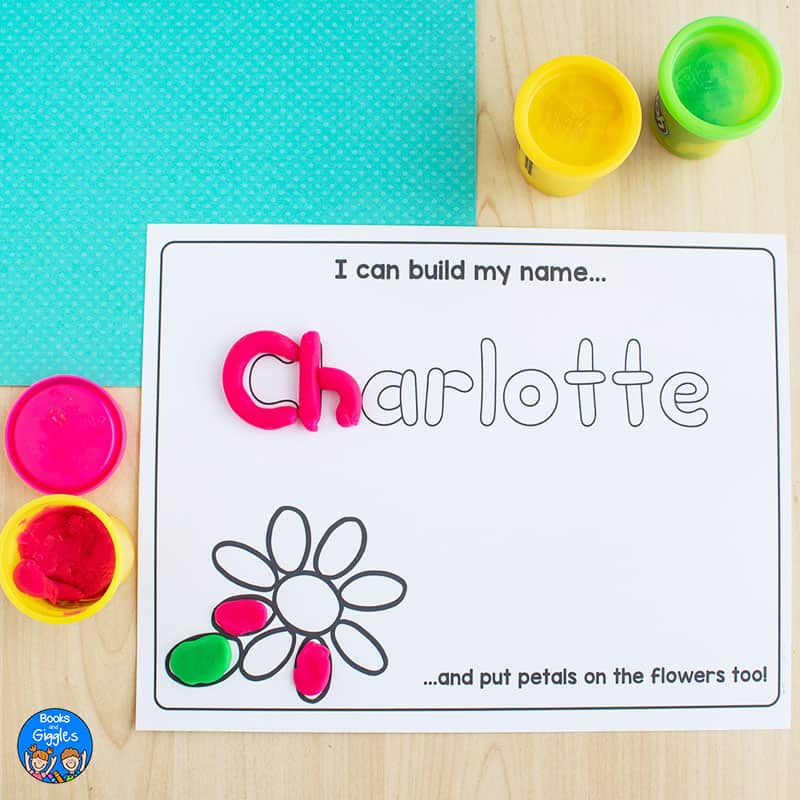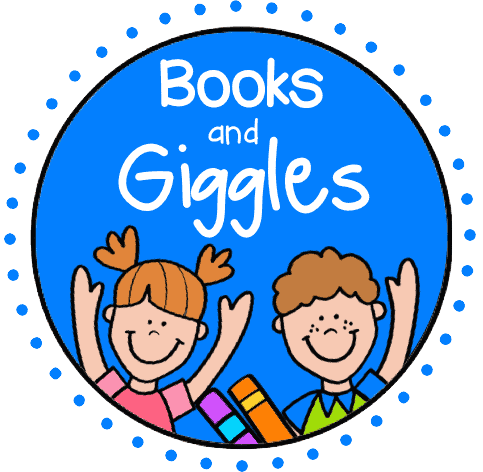How to Teach Preschoolers to Write Their Name
Inside: we step you through how to teach preschoolers to write their name, with an emphasis on making it fun and engaging while also developing early literacy skills.

Teaching preschoolers to read and write their names is a smart way to get them interested in the alphabet. Kids love anything to do with their very own name, so using their name definitely adds to the relevance of those funny lines and curves we call letters!
But where do you start? How do you teach a preschooler to read and write their name? You need to start at the beginning…
Start with Name Recognition
I would start off by making a big deal of each child’s name by singing some fun interactive name songs at circle time. That way, even if children have a pet name that is only used at home (such as “brother” or “mija”, etc.), they can start to learn their real name or nickname.
Even with kids who don’t have a pet name, emphasizing their name is going to help them get excited about it!

At the same time, as you start repeating names verbally, you can also boldly write kids’ names on their papers and artwork as a way to start exposing them to their names in written form.
Another simple way to help children recognize their names is to label their belongings, such as their backpacks, jackets, and cubby spaces with their names. This allows them to see their name frequently and understand that it belongs to them.
Next, you could move on to a simple name activity such as this name rubbing craft:

When should a child recognize their written name?
Every child is on his or her own timeline! Plus, preschool learning standards vary from state to state in the U.S. That being said, generally by around age 4, children should at least know the name and sound of the first letter of their names (see the next section). Then, by the end of preschool, they should be able to recognize their first name in print.
Some children will be way ahead of this schedule, and some may just not be ready yet until kindergarten. Meet them where they are, and keep it positive!
Teach the First Letter of their Name
Once children understand that their name can be represented in writing, you can start teaching them the letters – starting of course with the first letter!
You can make it fun by calling the first letter of a child’s name “their” letter. This can create a sense of pride and ownership over their name. To deepen the learning, you can create or print something like the page shown below from my free winter name activities here on the blog.
(FYI, all of the Monthly Name Activities and Worksheets in my store include a page like this, with a different seasonal theme on each one.)

You can also teach the sound that the first letter makes at the same time. This lays the foundation for teaching your littles about letter-sound correspondence. (Generally, you should teach the letters first and then the sounds, though.)
I like to have children color the letters in their names before starting them on tracing the letters. This allows them to become familiar with the shape and form of the letter without the added pressure of writing it. Once they’ve had practice coloring their letter, they can move on to tracing it and eventually writing it on their own.
How to Teach a Child to Spell His Name
You can start teaching your kids to spell their names by just working with them orally. Start by helping them point to each letter while saying the letter name out loud.
Next, you can have them work on building their name. You can use plastic letters, or fun printable letters like the ones in my free baseball-themed name activities:

You can also make name puzzles, such as these DIY apple name puzzles.
The idea is that they’re working on spelling their name and recognizing the letters in it even before they can write the letters.
Develop Fine Motor Skills
Don’t rush writing! Before you even start teaching children to write their names or letters of the alphabet, you should work on fine motor skills with them. Look for playful and creative ways to build those little hand muscles.
Working with playdough is one much-loved way to improve fine motor skills. You’ll find name playdough mats in each of my monthly name activities:

Teach Letter Formation
Teaching letter formation first, before teaching a child how to write his or her name can help set them up for success. You don’t want them to start with bad habits that they’ll just have to unlearn later!
You may want to start with all uppercase letters, especially with younger preschoolers. Uppercase letters aren’t as easily confused with each other, and the many straight lines are easier for children to write.

You can help children write their name by using verbal cues, such as saying “big line down, little line across” for the letter “T,” or “big curve, little curve” for the letter “S.”
Once you’ve demonstrated the correct way to form each letter, have children practice copying the letters on a writing tray, or something else fun like a whiteboard or fingerpaint. This allows them to develop the muscle memory necessary to form letters correctly on their own. It’s important to emphasize the importance of starting each letter in the correct place and following the correct strokes.
Practice Writing Their Name!
Finally, you can start having them practice writing on paper. You can give them name tracing worksheets or encourage them to copy their names from your model. You can make this more fun by giving them “fun “special” writing implements such as glitter crayons and scented markers.

I wouldn’t overdo name tracing. It’s a helpful start, but they are going to internalize the alphabetic knowledge better by simply copying their names, rather than tracing.
A relevant way to practice name writing is with a daily sign-in sheet… Many teachers have students write their names every day upon arrival. This can be a blank sheet or a page with printed names for each child to trace. I love how this instills a sense of responsibility and accomplishment!
When should a child be able to write their name?
Most children start writing their names at around age 4 or 5. But every child is different, and that’s okay! Make sure you’re offering a positive environment and lots of ways to practice. Celebrate their efforts and progress, regardless of legibility. Encourage and praise to boost their confidence. Patience and practice will lead to confident name writing.
How do I help a child who is struggling with writing their name?
If you have a child who seems to be lagging behind in learning how to write his or her name, be patient! The first thing you need to do is evaluate what is holding them back. Here are a few things to consider:
- Fine motor skills – are they able to perform other activities requiring fine motor skills, or is this something that you could work further on, or even consult an OT for?
- Vision – when did they last have their eyes checked? If things look blurry at close range, writing won’t be interesting to them.
- Motivation – Are they interested in learning to write their name, or do you need to further drum up enthusiasm? Can you leapfrog off their existing interests?
- Practice – Have they had enough practice yet? Offer a variety of ways for them to practice writing their name. Think beyond just worksheets. For example, they can write their name on a nametag to stick on their shirt, practice individual letters in a sand tray, or write their whole name on a whiteboard.
- Maturity – The child may just not be ready. I would just gently bring them along step by step, with a lot of positive enthusiasm and playful energy. For some preschoolers it may just be a matter of time; beyond age five I’d seek a professional evaluation.
Teaching Kids to Write Their Last Names
You don’t have to stop with first names! Teaching kids to write their last name gives you yet another “in” for teaching letters.
Children with very short first names can start early on learning to write their last names. That way, they can be learning as much as their longer-named peers.
All of my Monthly Name Activities include a last name worksheet like this one from the July Name Activities set:

For all students, you can start teaching them just the first initial of their last name. Then add more letters as they are ready.
You can talk about the meaning of last names too – this fits well when you are doing a unit on Families, or are celebrating family-centered holidays like Thanksgiving. (Of course, you’ll need to be sensitive to individual situations here.)
When students have family members with different last names, you can look at this as yet another meaningful opportunity to introduce more letters!
Now that you know all about how to teach preschoolers to write their names, don’t forget to celebrate each small achievement along the way! From simply recognizing their name to knowing its letters, to being able to write their first and last name, they will be building their alphabetic knowledge – and a strong foundation for reading in the future.


